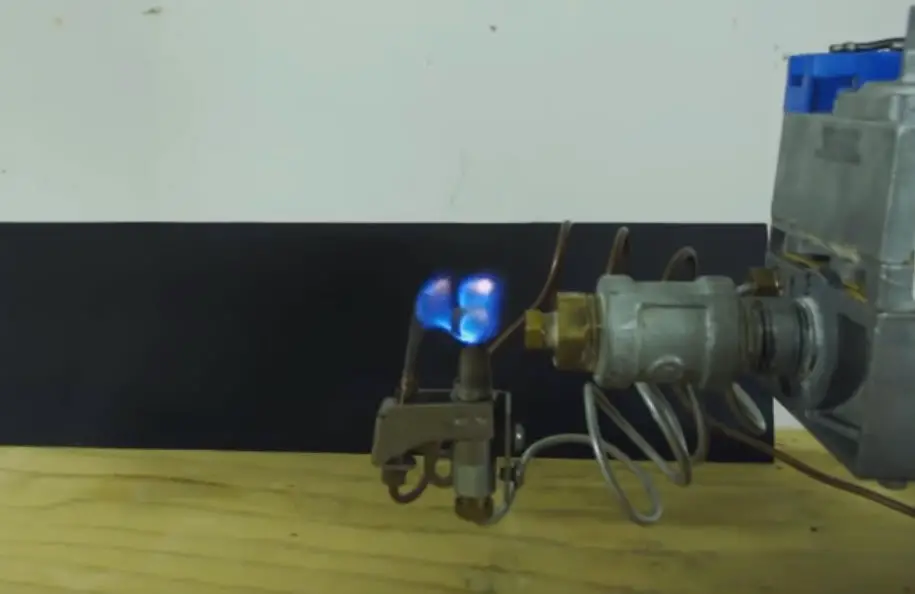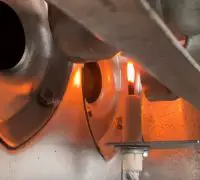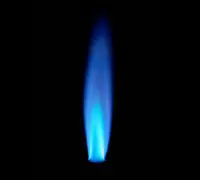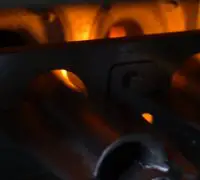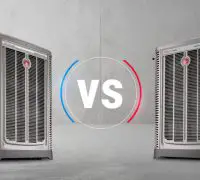Older furnaces run on natural gas feature a pilot light. The small blue flame will ignite the natural gas that is pushed into the main burner of the furnace. As long as the gas furnace turns on the heat, the home gas is released through a valve where it comes in contact with the pilot light and it’s ignited, generating heat. You can see it as the catalyst for how the furnace produces heat.
The purpose of the pilot light is to work as a small ignition flame for the gas chamber. When an old furnace stops running, a pilot light going out is one reason.
The pilot light uses natural gas through a small tube in the gas pipe. The tube features a safety valve (the thermocouple) that stops the gas flow when the pilot light goes out. It’s a safety measure that prevents gas from building up in the furnace.
How does the furnace pilot light work?
The furnace pilot light may be burning all the time or ignite only when there’s a commend for heat. Some furnace pilot lights require manual lighting (match or lighting), whereas others will be lit electronically through an igniter every time the system has to heat.
Furnaces have built-in safety mechanisms that shut off the gas supply if the pilot light goes out. Such safety features reduce the risk of possibly lethal accidents such as carbon monoxide poisoning. It depends on the model and you can find furnaces that allow you to adjust the pilot light flame size.
The most important benefit of the furnace pilot light is that it provides the system with a flame source to ignite the burners within the furnace. Only the burners will allow heat generation within the furnace and have it sent from the furnace throughout the house.
Why shut off the pilot light? Why not?
If you’re planning your furnace maintenance, you must turn off the pilot light. Here’s why:
Pilot lights use fuel
Even if the amount of fuel they use is small, pilot lights will use a lot of fuel in the spring, summer, and early fall when you don’t use the furnace to heat the home. Don’t think that your energy bill will go through the roof because of the fuel used by the pilot lights. However, you will save from 40 to a couple of hundred bucks every warm season when you shut off the pilot light.
Pilot lights produce heat
Even if they’re small, pilot lights will produce heat. Imagine going into a room with several halogen bulbs burning for hours. The space will be warmer than rooms without such lit halogen bulbs. The pilot light burns quite hot, considering its size, so that it can increase the temperature inside a room. That’s a good reason for you not to turn off the pilot light!
Pilot lights generate moisture
During the summer, pilot lights will create moisture when you’re not using the furnace. Moisture is a byproduct of the pilot’s combustion. If the furnace is running, the combustion will escape quickly. However, if the furnace is off, the moisture will deposit into the system and cause corrosion and rust scale. So remember to turn off the pilot light when spring kicks in and you no longer use the furnace.
